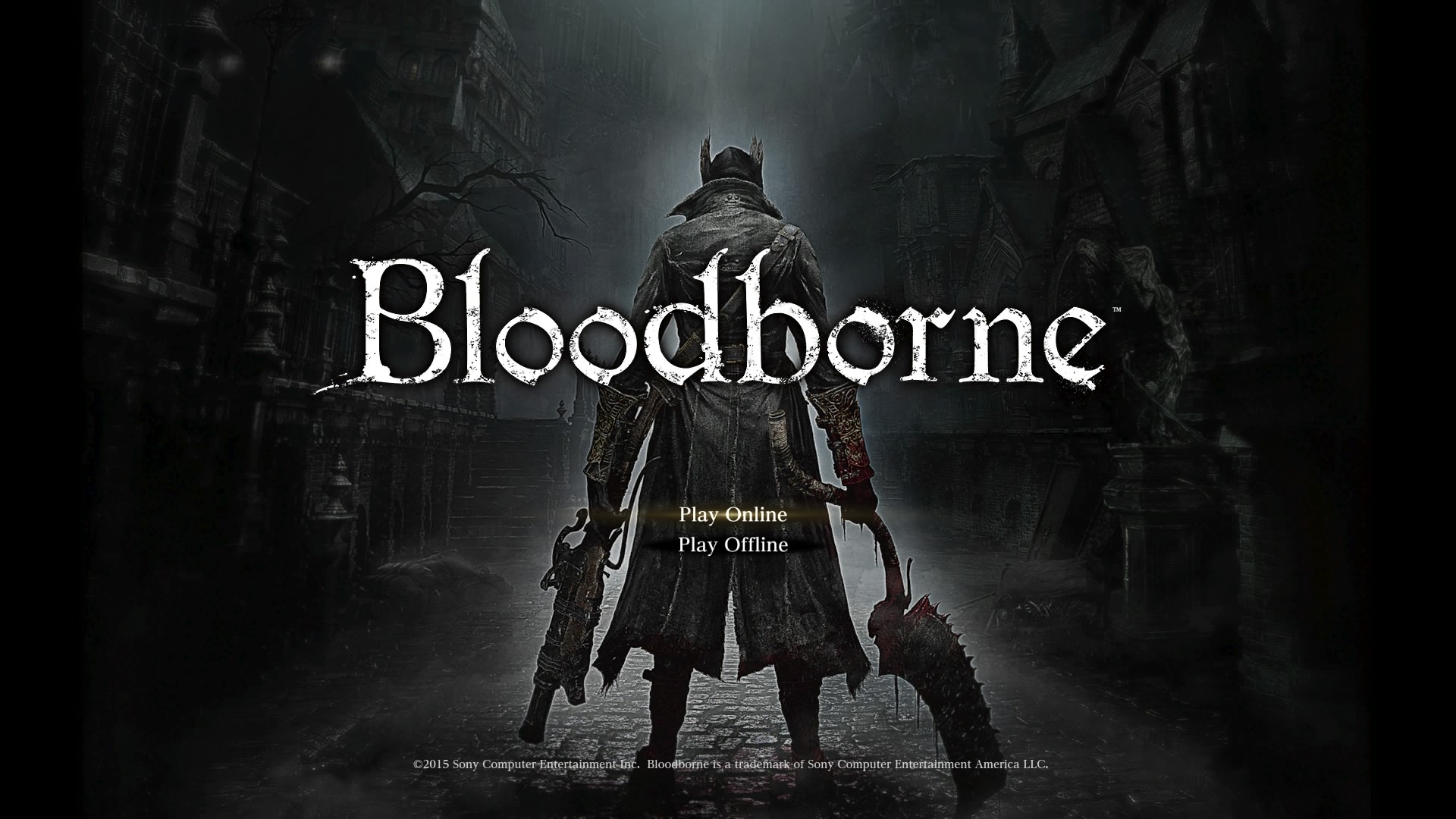Overclocking
To discover our PNY GeForce GTX 770 XLR8 OC2 sample’s overclocking abilities we used EVGA’s Precision X software and began raising power and thermal thresholds to the maximum allowed and then increased the voltage also to the maximum permitted. Then using Unigine’s Valley benchmark we began stability testing.
It came as almost no surprise that there was not much room left for further overclocking over what PNY has already applied to this heavily overclocked card. On the positive side, even highly overclocked 770s will still run into performance issues long before VRam really becomes an issue, but the extra 2GB certainly did not hinder performance all that much. If you are interested in manual overclocking the higher density DDR5 RAM’s headroom will be lower than the DDR5 found on the 2GB model, but it really was the lack of voltage headroom on the GK104 that held things back, rather than the VRAM per say.
With that being said we were able to boost performance further than we thought on both the RAM and GK104. Thanks to the excellent factory cooler PNY has used, we were able to reach a base clock of 1,210MHz -or an additional 60Mhz over the factory overclock. This is an additional 5.2% increase on the already impressive factory overclocking settings and a whopping 164Mhz increased over a reference GeForce GTX 770’s levels. Put another way, when manually overclocked this GK104 runs 15.7% faster than a GK104 found in a reference GeForce 770. On the memory side of the equation we were able to boost the memory to an effective 7448Mhz, which is a 6.2 percent improvement over the card’s default 7012Mhz – and excellent 448MHz boost over a reference 770’s settings.


With only a minor-to-moderate increase in speeds the only minor increase in real world performance was expected. With that being said the improvement is tangible and does add frames per second to the bottom line. More impressive still, this GeForce GTX 770 was able to claw within striking distance of a stock 780 on the all-important minimum frame rates! Seventy dollars for a single additional FPS definitely doesn’t sound like all that great a deal to us.











